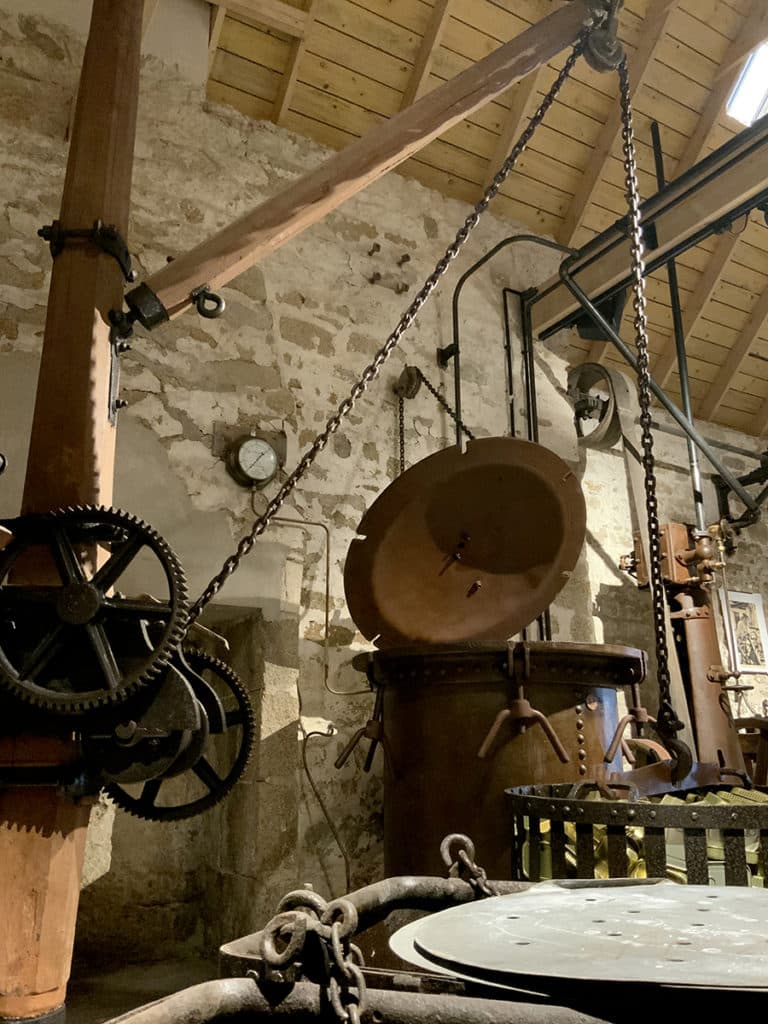Canning, where does it come from?
To keep food edible, it can be dried or smoked. It can also be preserved with preservatives: salt, sugar, alcohol, vinegar or fat preserve food well... but they change its taste and quality. The canning technique was introduced in 1795 by a certain Nicolas Appert. He developed a preservation technique by sterilising airtight bottles: the canner was born!
The invention of the canning technique was a great innovation. It was quickly applied to all kinds of foods. This was a favourable time, as it was the industrial revolution. The canners from Nantes went west to find more and more fish. In Finistère, they built the first factories in the 1850s. Douarnenez and Concarneau were the most important sardine ports. More and more factories were built until 1881, the year of the fishing crisis. The ports of the Pays Bigouden then had 15 canneries. The fishing seasons followed one another, with good and bad campaigns. Alexis Le Gall's cannery was the last one according to the sources. It was in operation at the beginning of the 20th century, initially with Jean-Marie Vallière des Filières, then with the Le Gall family.
After the war, in the 1950s, ice and cold rooms revolutionised fishing. Canning was no longer the only way to preserve! Factories could buy frozen fish and work all year round. Smaller canneries struggled to survive: they disappeared, or merged into larger factories. The rhythm of life on the coast is no longer seasonal: fishing and canning have become jobs for all seasons. The Le Gall family cannery closed in 1954. The fish trade continued until 1962.


